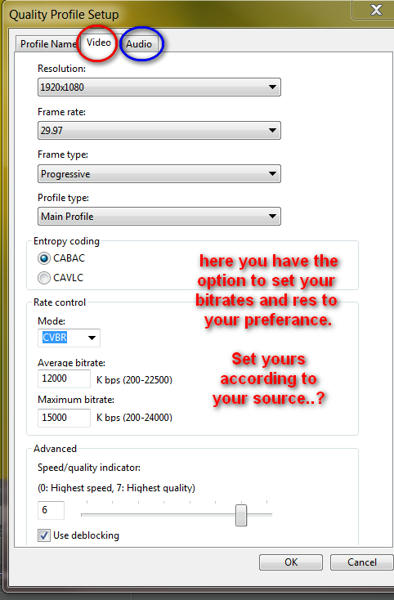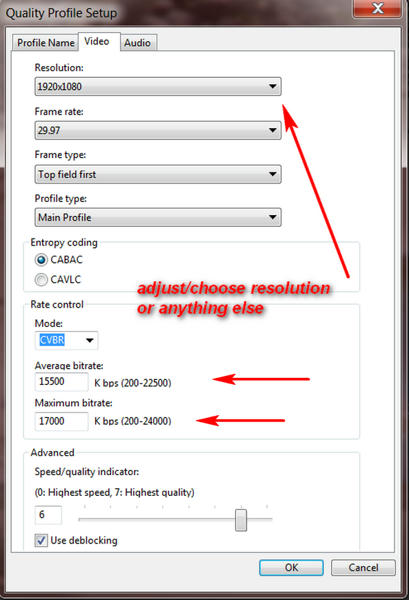I've got PD 9, version 9.0.0.2930. Windows 7.
I've been experimenting with the Mpeg - 4 profiles in the Produce section. There are various resolution selections that you can chose from when creating a custom profile; 1280 by 720, 640 by 480, etc.
But I'd like to be able to create a custom profile in 640 by 360 resolution. But that one isn't available in the drop down menu.
Is there a way I can open up the file, like with the Windows Media Profile Editor for the WMV profiles, and edit these Mpeg - 4 profiles?
Unfortunately, the lowest resolution selections for 16 by 9 aspect ratios is only 1280 by 720. This means I can only lower my bitrate to 6,000 kbps. Too high to have my Amazon S3 hosted videos stream properly.
What I'd like is a profile with a resolution of 640 by 360 and a bit rate of around 850 kbps.
Thanks,
- Andy

![[Post New]](/forum/templates/default/images/doc.gif)




